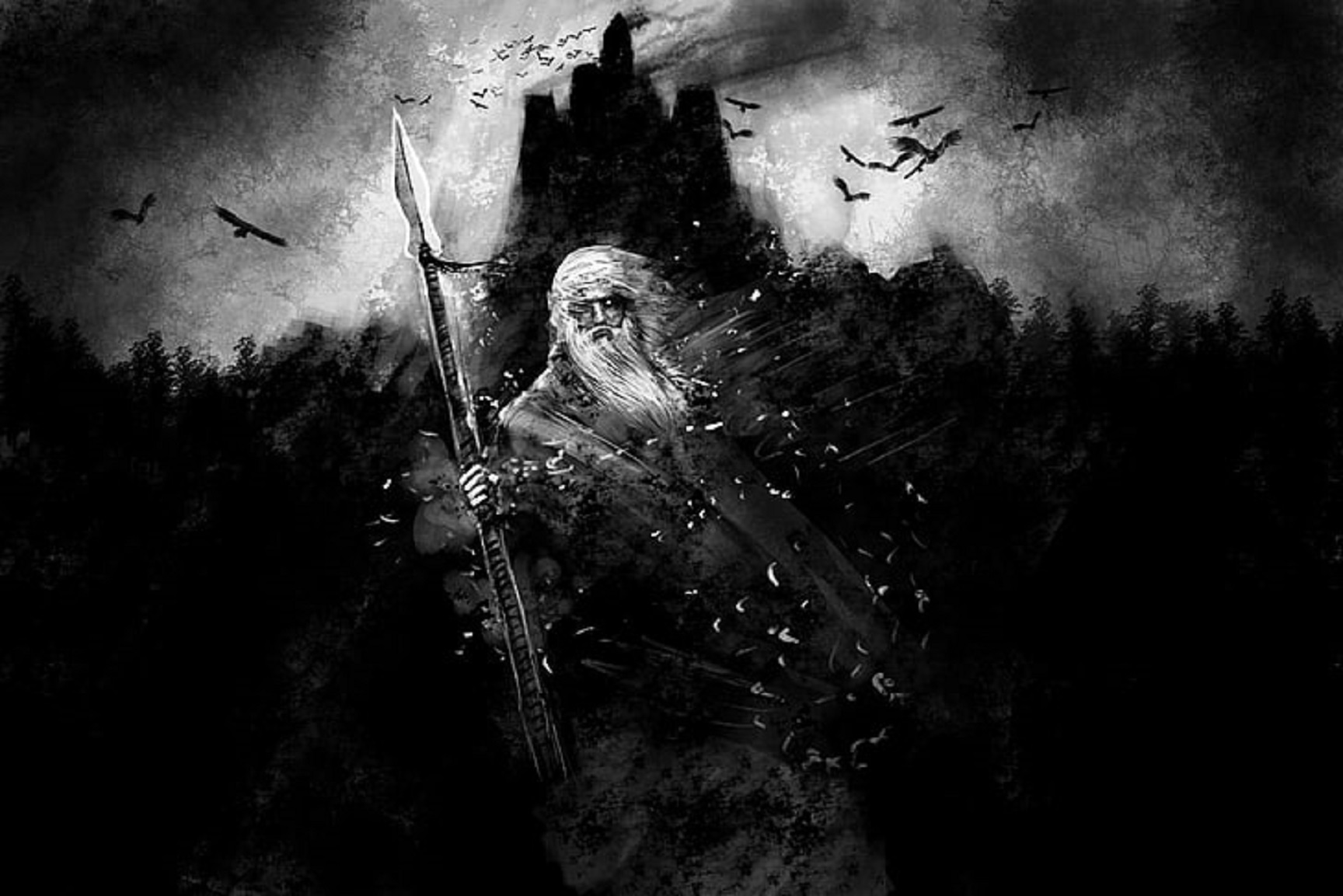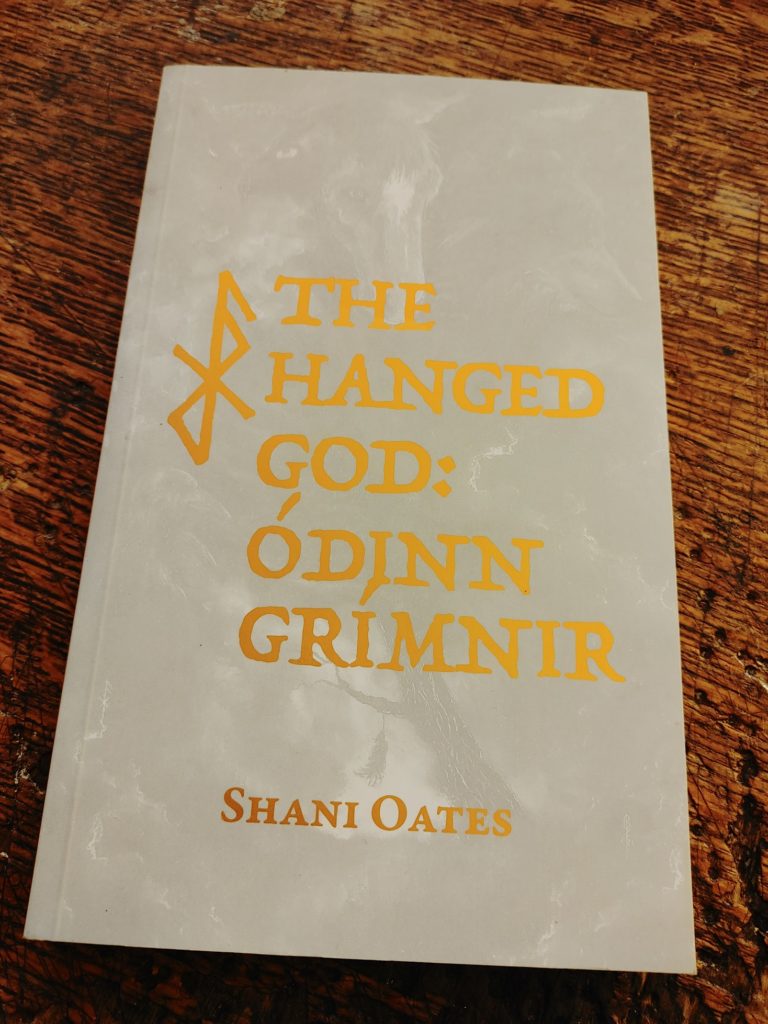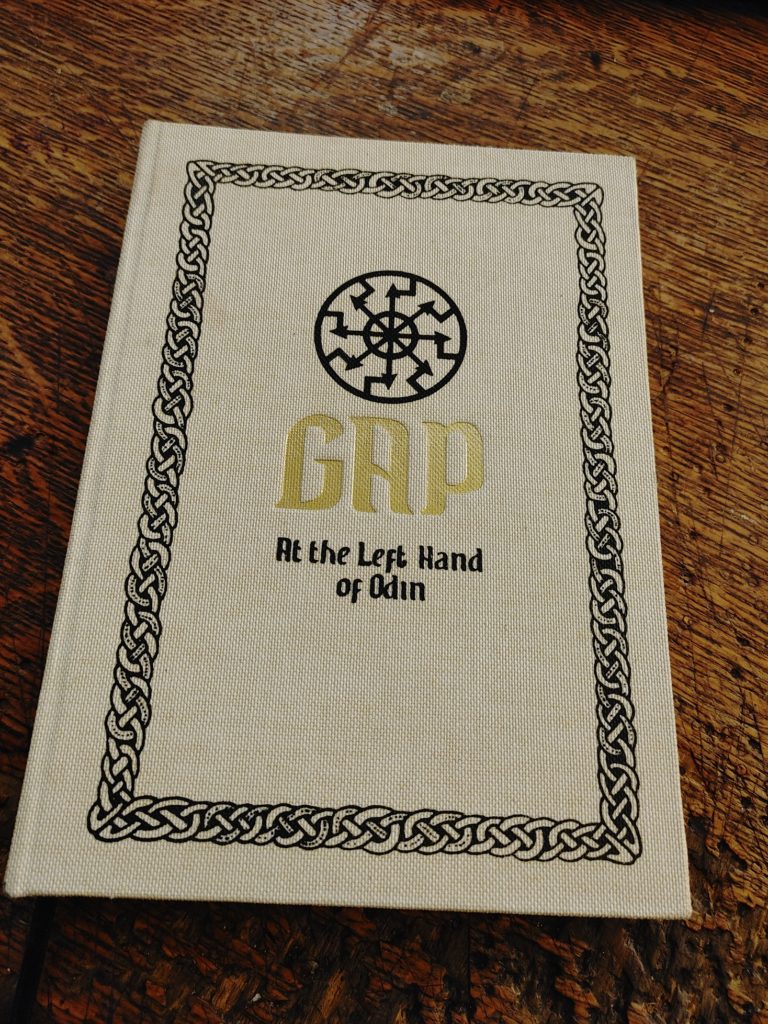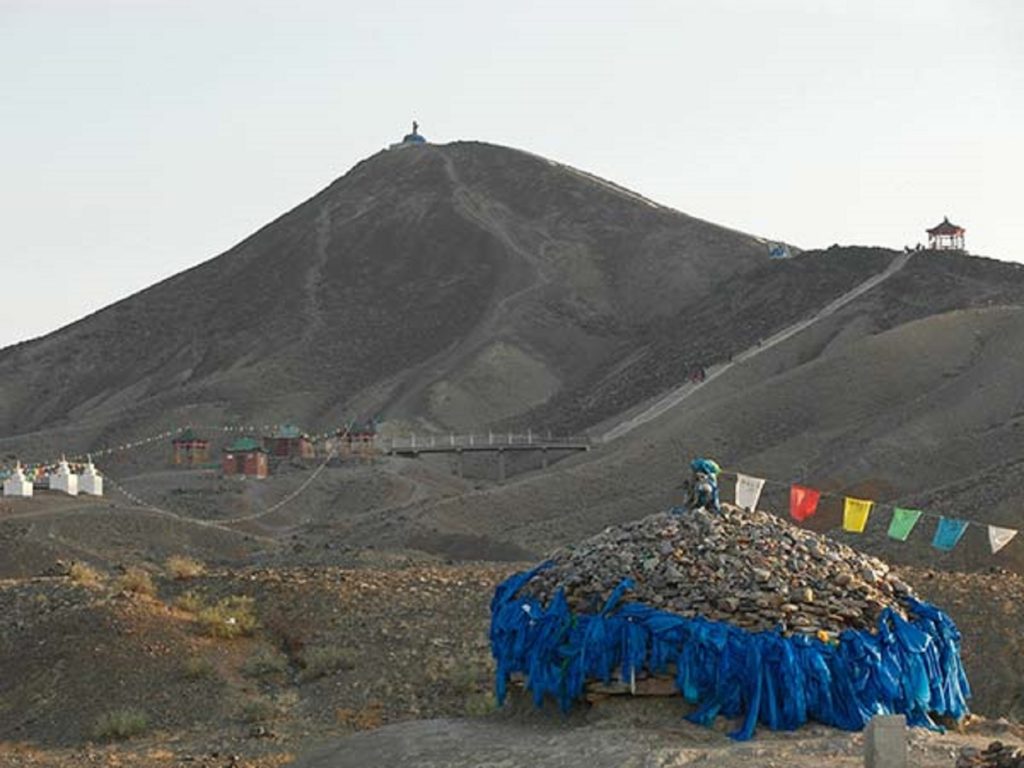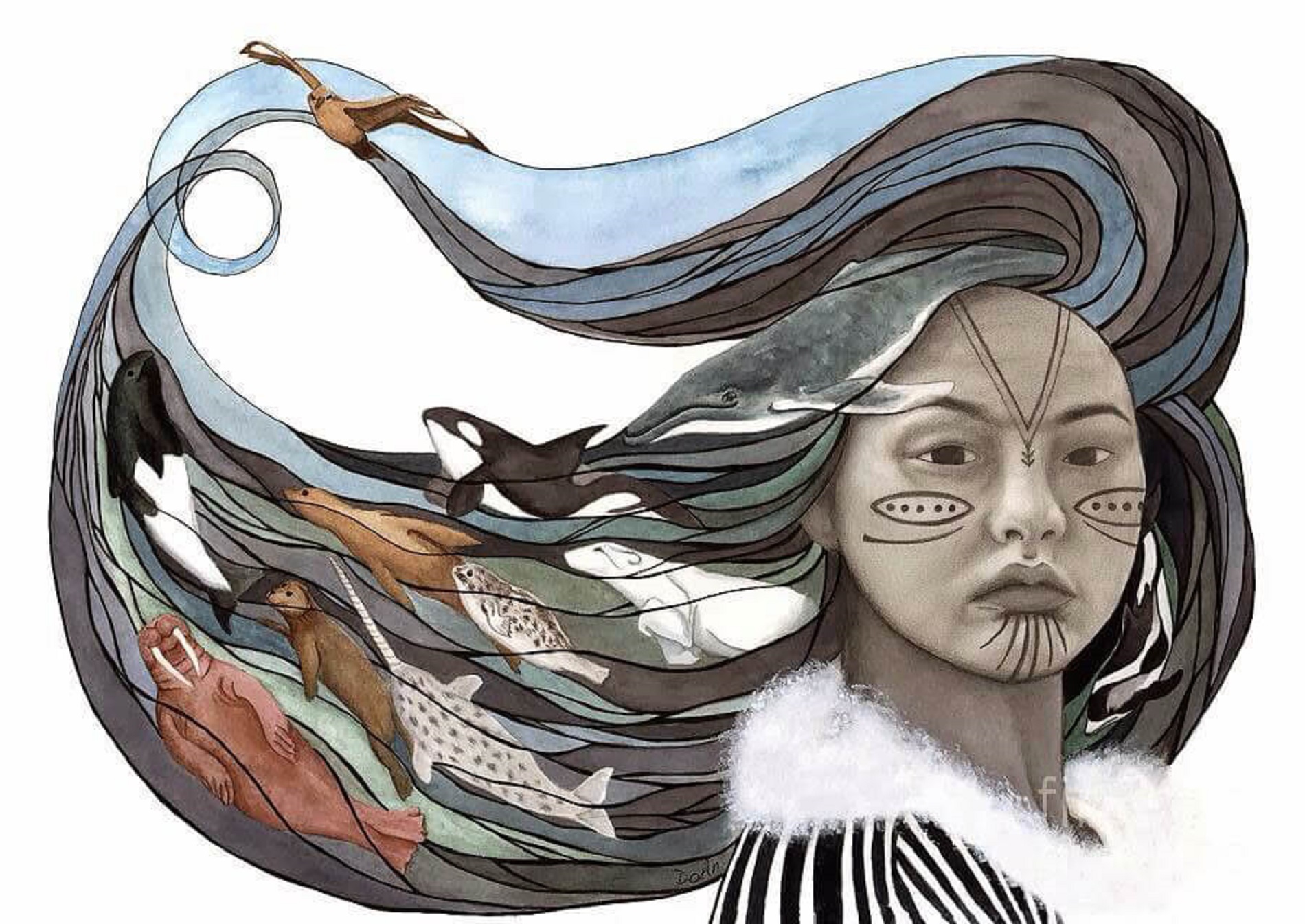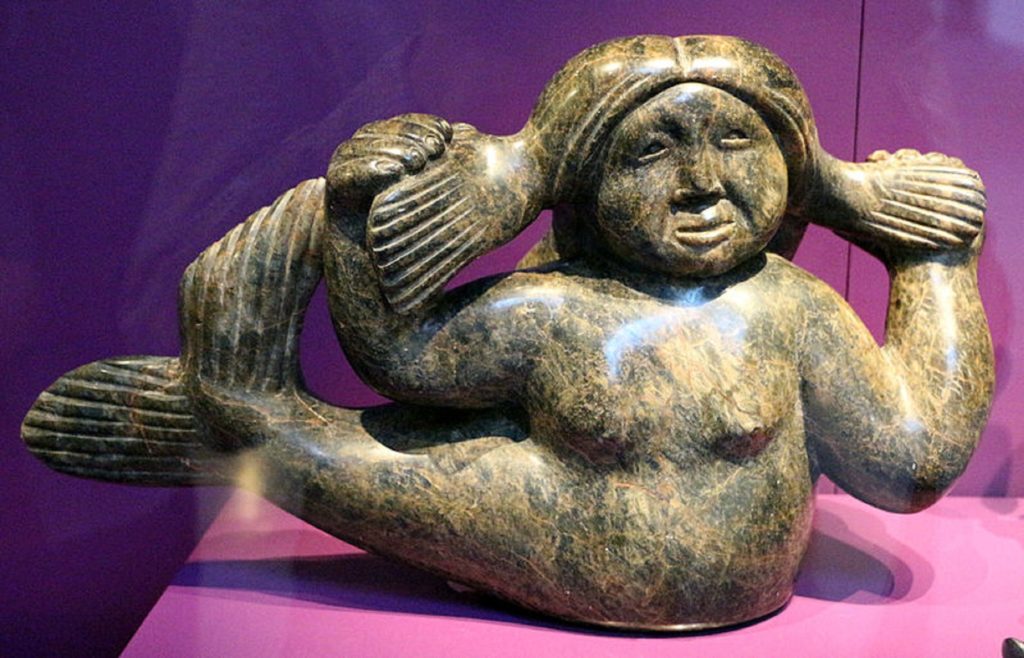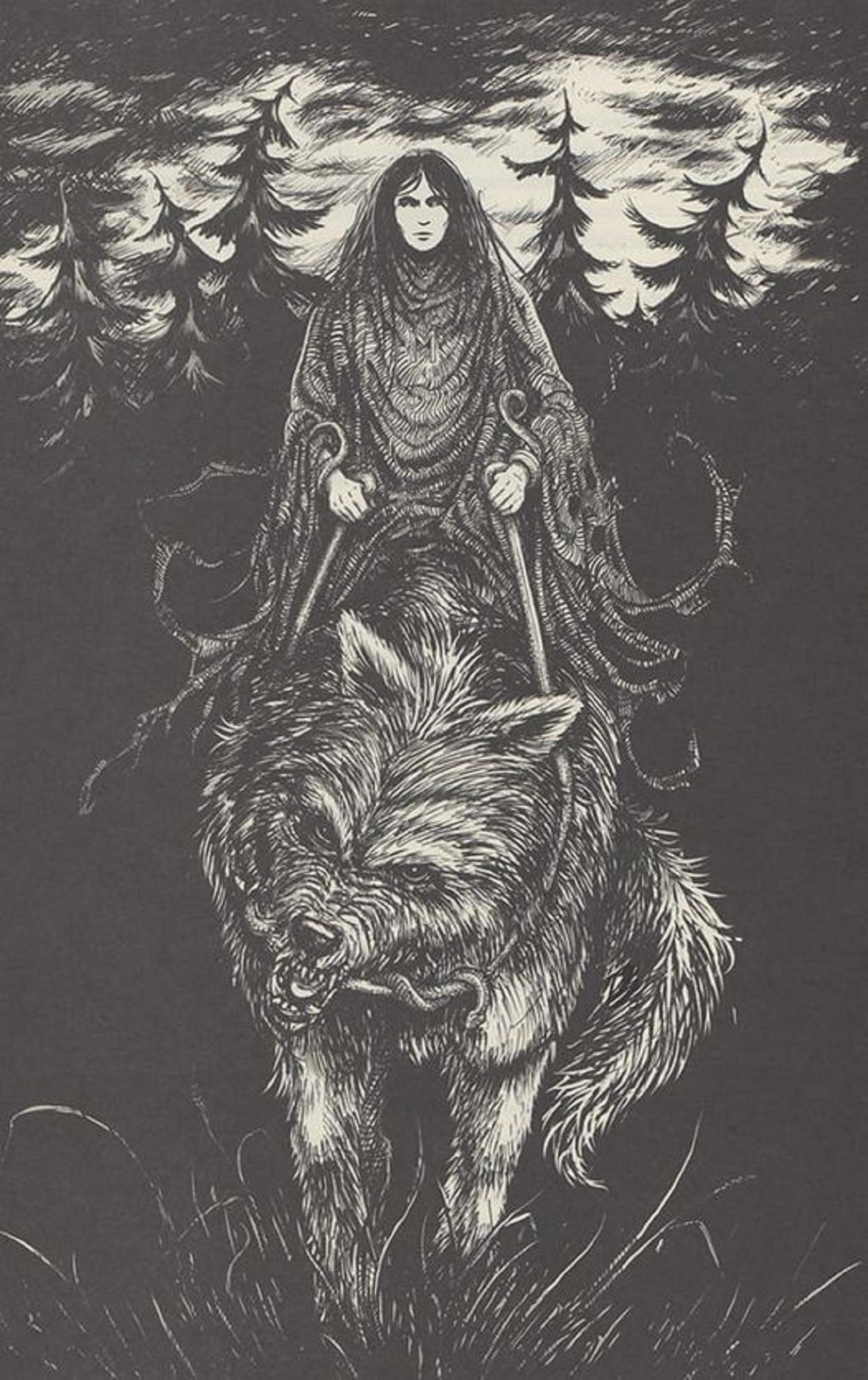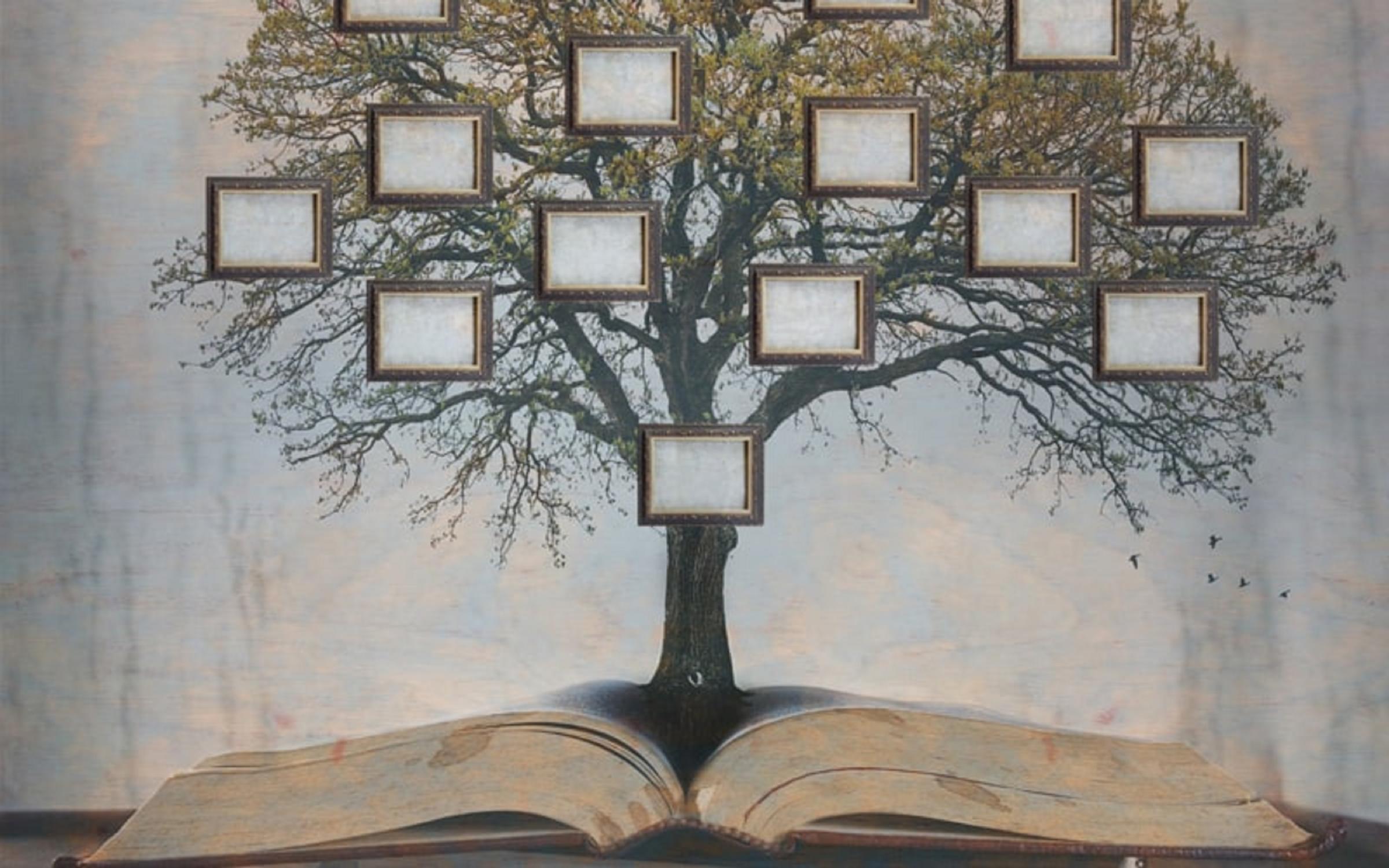
A person’s spirit animal is discovered in numerous ways which could be through a dream, spirit-walk or by other means in which they connect. For me it was a personal experience I prefer keeping private but the out come has led me on a path of deep connection and passion to a species of Wolf known as the Canadian Coastal Wolf also known as Sea Wolves. The Canadian Coastal Wolf is said to have “one paw in the forest and one paw in the sea” which is a saying that deeply resonates with me. Growing up in the Pacific Northwest and spending a lot of my adulthood in Oregon, Washington and even British Columbia I have always been partial to the coastal forests. Even more so being a man of the sea who had a career in the U.S. Coast Guard I have a passionate love of the sea. I resonate so deeply with these Wolves on so many levels from their diet to their lifestyle that it is almost overwhelming at times when I get to see new footage taken of them in their coastal environment on the coast of Canada.
The Canadian Coastal Wolf is so unique that they get their own classification as a sub-species of the Gray Wolf. So now I am going to load you with a tone of great resources of articles, documentaries and books I highly recommend you browse through. This species of Wolf is so unique and special yet very few are aware of them and their essential part in the balance of the Canadian coastal environment. Sadly they are in danger of hunting and humans encroaching upon their environment. It for me and others so important these Wolves are protected and their feeding grounds be preserved so that the Sea Wolves can carry on with many generations to come.
The amazing sea wolves of the Great Bear Rainforest By Ziya Tong
“The wolves eat the brains” says William Housty. If you’re walking along the creek beds of the Great Bear Rainforest and see decapitated salmon scattered about, it’s a tell-tale sign that sea wolves have been in the area. “They just take a bite take out of the head, and everything else is left fully intact.” This unusual feeding strategy has evolved among the coastal wolves that live in and around Bella Bella, B.C.
First, sea wolves — or marine wolves as they’re also known — are fast, powerful swimmers. Housty remembers an encounter he and his father once had while boating: “We looked ahead of us and we could see something in the water. We couldn’t tell what it was, but it was moving. As we got closer, it was actually two wolves swimming across the channel.” One reason the wolves are tricky to spot, is because they move stealthily in the water, their backs and bodies submerged, and with only their eyes, ears and snouts peeking above the surface.
The wolves aren’t just dog paddling, either; they’re distance swimmers. There is at least one pack on Goose Island off the coast, about 13 kilometres from Bella Bella, and there is no other way to get there except to swim. We also know that the wolves aren’t sedentary. Many of them migrate through the archipelago, swimming from island to island throughout the year. At times, they’re tracking the salmon, but other times they show up even when there’s no salmon to be found. That’s because sea wolves have a diverse diet. A recent study found that it can be up to 85 per cent marine-based: lone wolves take down seals and otters, while packs have been spotted feasting on the occasional whale carcass. The carnivores also, surprisingly, eat shellfish. Using their paws, they dig in the sand for clams, and use their powerful jaws to crack open the shells of mussels. As for the remaining terrestrial diet? Like their larger mainland counterparts, the timber wolf, sea wolves also hunt moose and black-tailed deer. SOURCE
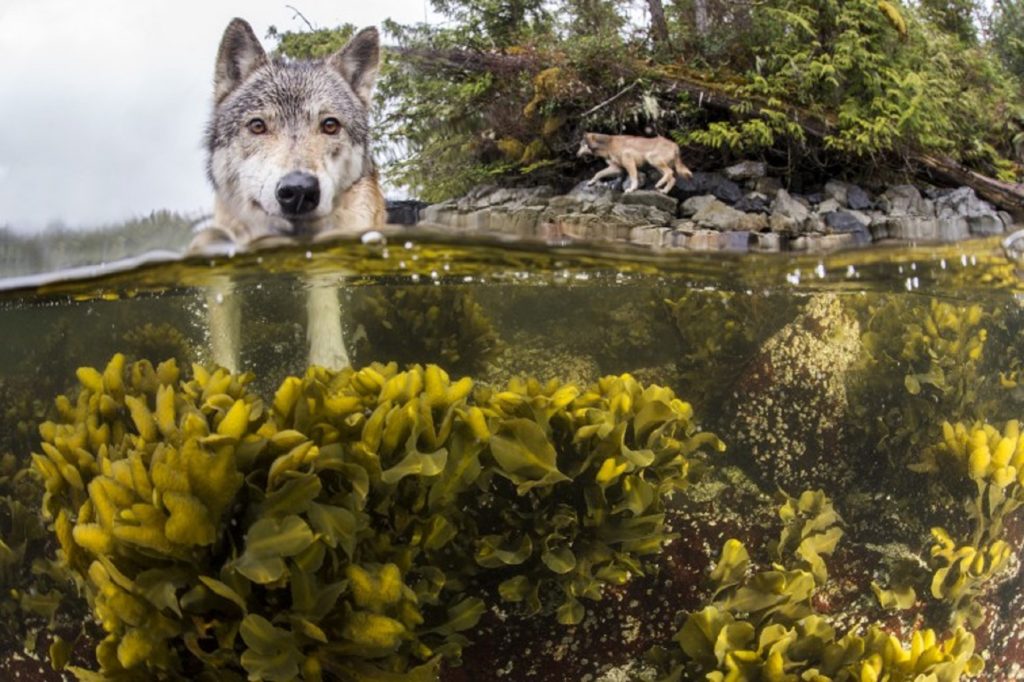
Unfortunately as far as books regarding Sea Wolves there are only two I know of and one of them I recently ordered from Canada which I am eagerly awaiting its arrival. The one I do have is absolutely fantastic which is called The Sea Wolves: Living Wild in the Great Bear Rainforest. This book is filled with stunning photography and wonderful detailed information about these special Wolves. The two men responsible for this excellent book are Ian McAllister and Nicholas Read. Ian is and award winning photographer and filmmaker as well as a co-founder of a great organization called Pacific Wild which supports the protection and preservation of the Canadian coastal environment. Nicholas Read is a life long lover of animals and a retired journalist and was an instructor at Langara College in Vancouver, British Columbia.
The other book which I am eagerly waiting for can be found on Pacific Wild’s website store which is The Last Wild Wolves by Ian McAllister and you can get your copy HERE.
My Recommended Documentaries
I really enjoy documentaries of many different subjects but to find some all about my beloved Sea Wolves is fantastic. Below are three videos I thoroughly enjoy and are a part of my online video collection.
Further Resources
Meet the Rare Swimming Wolves That Eat Seafood

